Julie Seven Sage • Jul 27, 2017
Cubes in Space
4...3...2...1. The rocket shot up into the air. A few seconds later, we heard the large boom. Even though we were miles away, we could feel the force in our chests. All were in awe. It was happening after months of hard work—our experiments were getting sent into space. This year was the fifth year of the Cubes in Space program. Overall, 59 countries have participated and tens of thousands of proposals submitted to the program thus far. The rocket only gets 60 cubes and the balloon holds 100 cubes. That’s only 160 proposals selected to fly out of the thousands that are submitted. The Cubes in Space program is run by a company called idoodle Learning, who partners with NASA. The idea behind the program is that students design experiments and write up scientific proposals for those experiments, then they send them to Cubes in Space for them to review. There is a certain format that they ask for, and they do provide guide sheets on how to write the proposal. Other than that, the students must do everything else themselves. Once the final decisions have been made, the students that were approved need to create their experiments inside the 4-cm cube that Cubes In Space provides to them. The rocket launch was on June 22nd from the NASA Wallops Flight Center, and the balloon will launch in late September from NASA’s Columbia Scientific Balloon Facility in Ft. Sumner, NM.
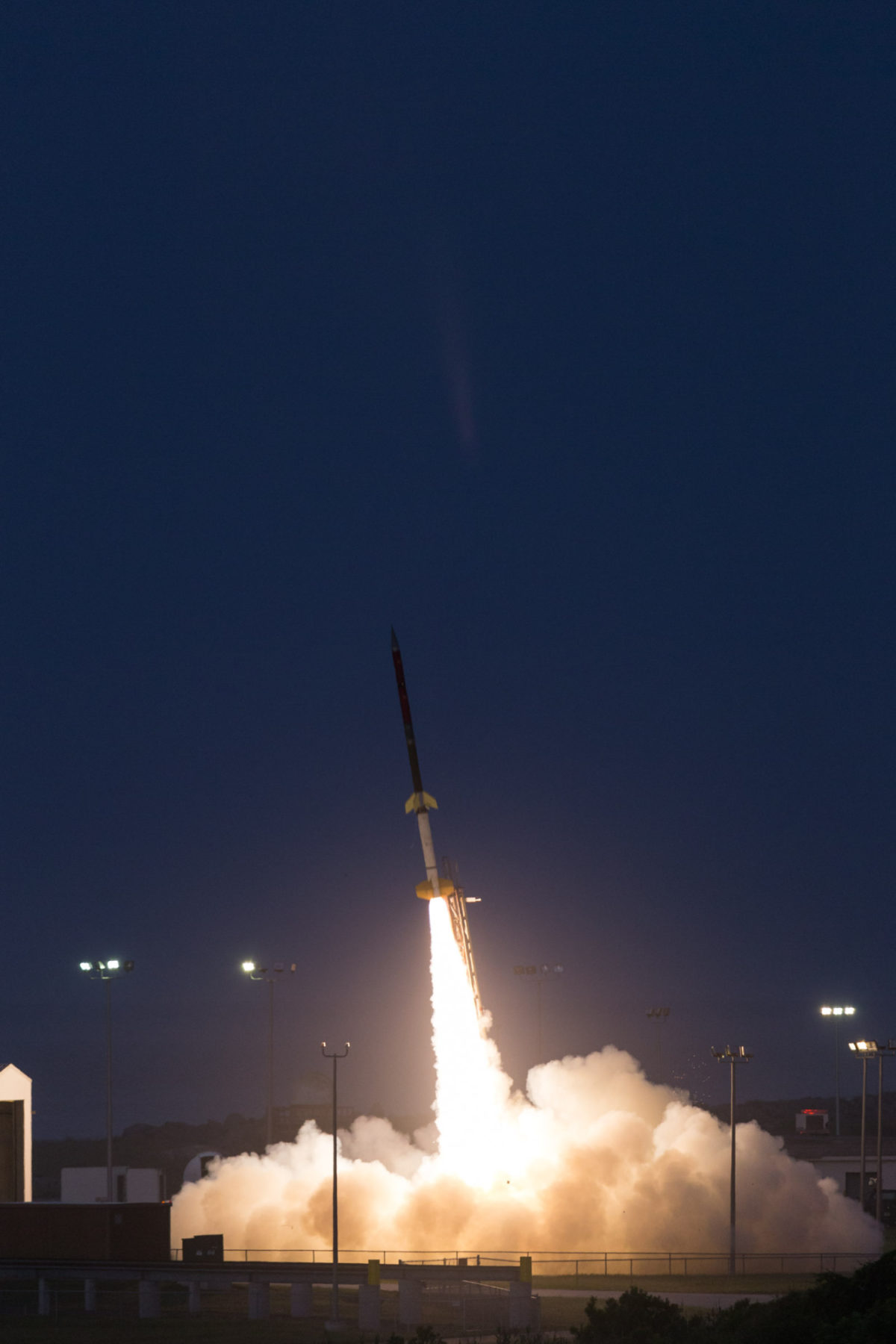
My group that participated in the Cubes In Space program is the Clay Center Amateur Radio Club at Dexter Southfield School in Brookline, Massachusetts. We sent in six proposals, and all six were accepted. Two went on the rocket and four are going up on the balloon. I’ll give a quick, brief description for each experiment.
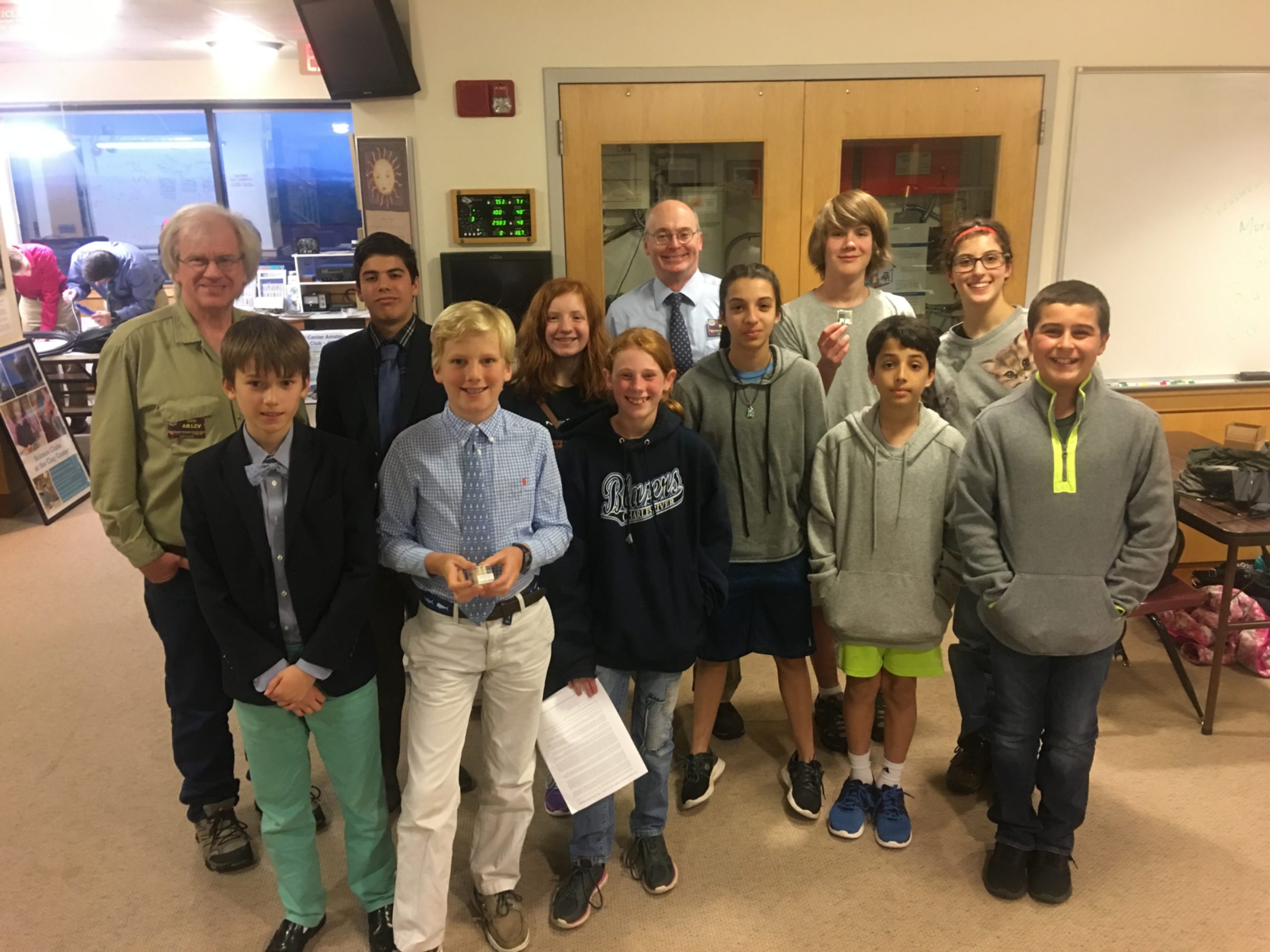
One of our cubes that went on the rocket was testing the time dilation that would happen from the rocket's acceleration. Another one that went on the rocket—and will also be on the balloon—is testing the data rate change and error rate in the data due to the effects of vibration, g-forces, and acceleration during launch of the rocket. We submitted this experiment for both because the conditions it will see are different between the rocket and the balloon. On the balloon, it will be subjected to extreme temperature, micro-gravity, and high levels of radiation. I was co-lead on this experiment. Another experiment I was also co-lead on that is going on the balloon is testing different common fabrics to see which fabrics people could wear in space when space tourism becomes more common. There’s also a cube that is testing what happens to solder after being exposed to cosmic radiation. Lastly, there’s the cube I’m lead on. It’s testing the difference in strength radiation absorption between aluminum metal foam and solid aluminum after going up into space and being subjected to cosmic radiation.
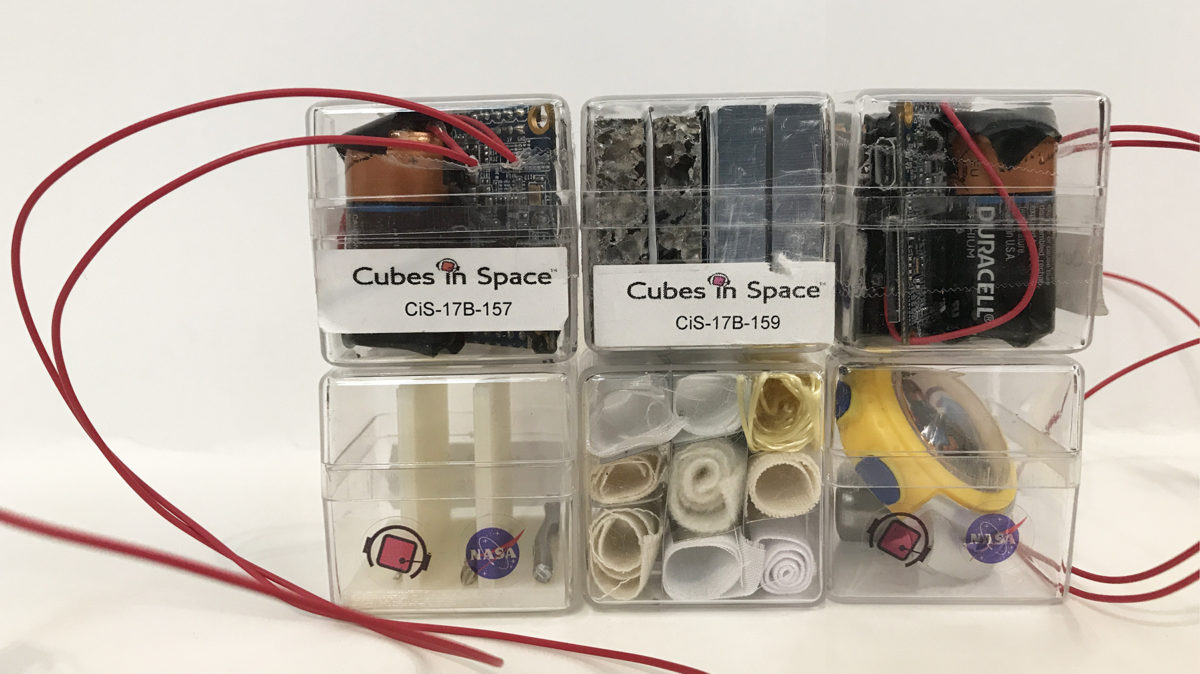
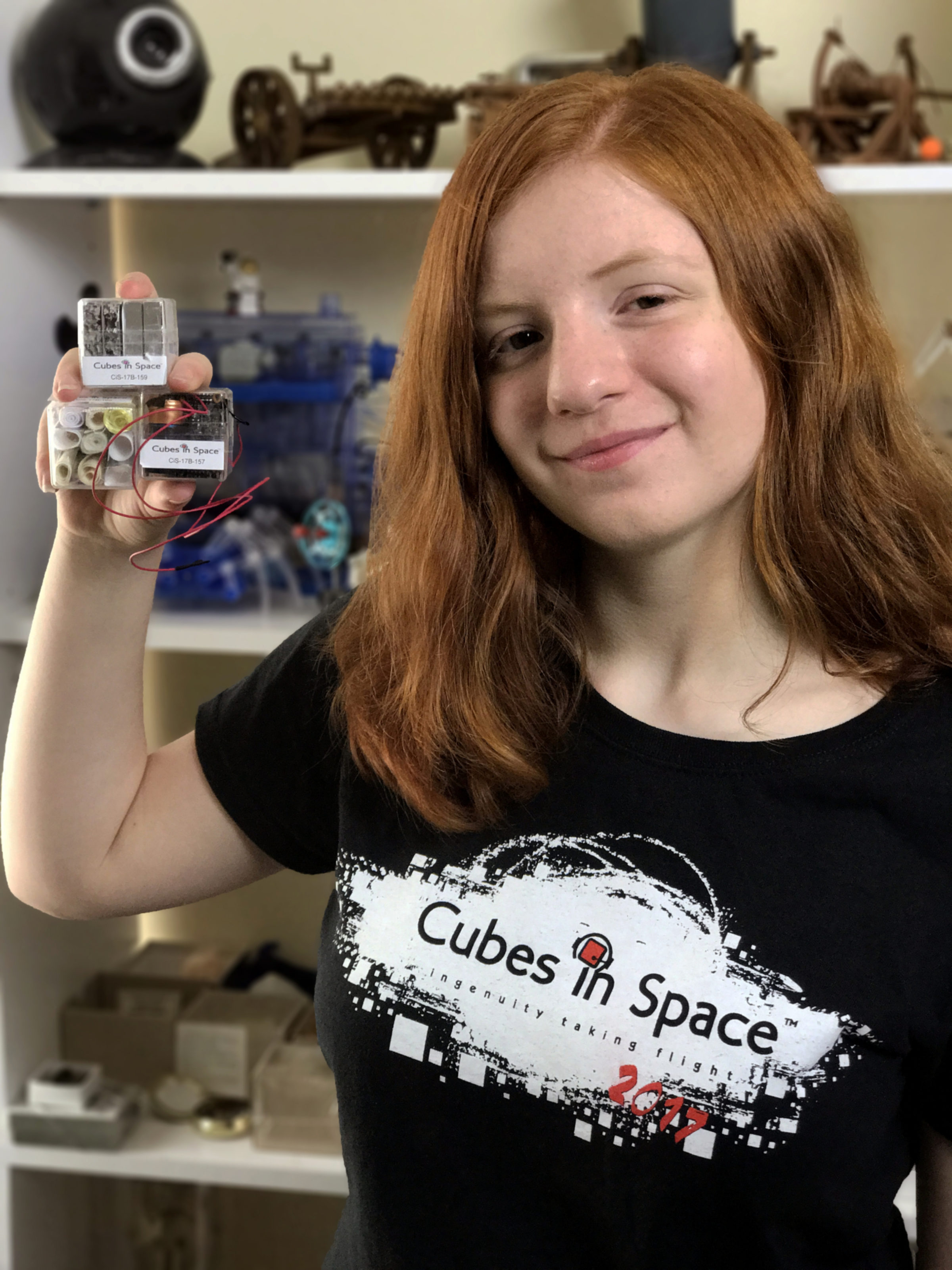
Other groups from around the world also did some very interesting experiments. Ivanna H. and many more kids from Barranquilla, Colombia, sent up Bitter Palm seeds and tardigrades on the rocket to see if there was a difference when they came back. There are also experiments from Ecuador. One that went up on the rocket was testing how kinetic sand could hold up during rocket launch because kinetic sand is used in relieving stress, and astronauts have a lot of stress while in space. Canada also had a large group representing. Their experiment was testing how vibration and acceleration would affect the density of teeth. Another experiment I really liked was by Dagmar D. from Pennsylvania. Her experiment was testing the intraocular pressure to eyes during spaceflight looking to see if glaucoma might arise. I think this is a smart experiment because this could be very detrimental to astronauts if there is an increased chance of getting glaucoma. This is the second experiment she’s had with Cubes In Space; last year she did the same experiment, but this year she revised her experiment slightly. Her sister, Diamante D., also had an experiment going up on the rocket. Her experiment was testing different kinds of fish scales to see if the fish eating algae made a difference in how they held up in space conditions. An experiment that is similar to our computer cube was done by Alexander Caylor, also from Pennsylvania. He was looking at which kind of storage is better: analog or digital. It’s like ours because both are looking at data storage, except ours is powered during flight while his is not. This year was also the third year for one of the participants, Emerson Dycus from Green Bay, Wisconsin. Her experiment this year is testing organism dormancy for growing food on future planetary colonies, such as Mars.
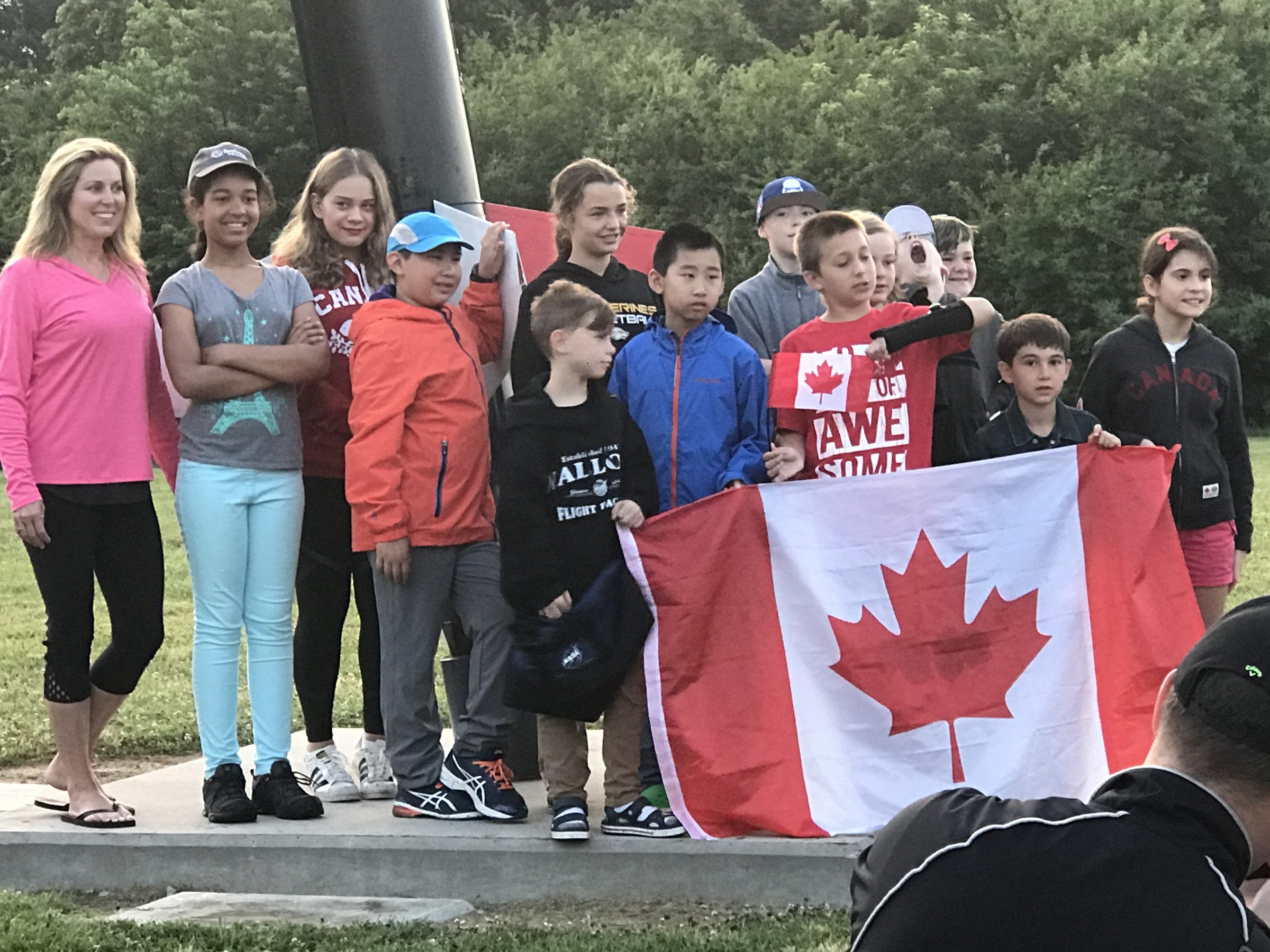
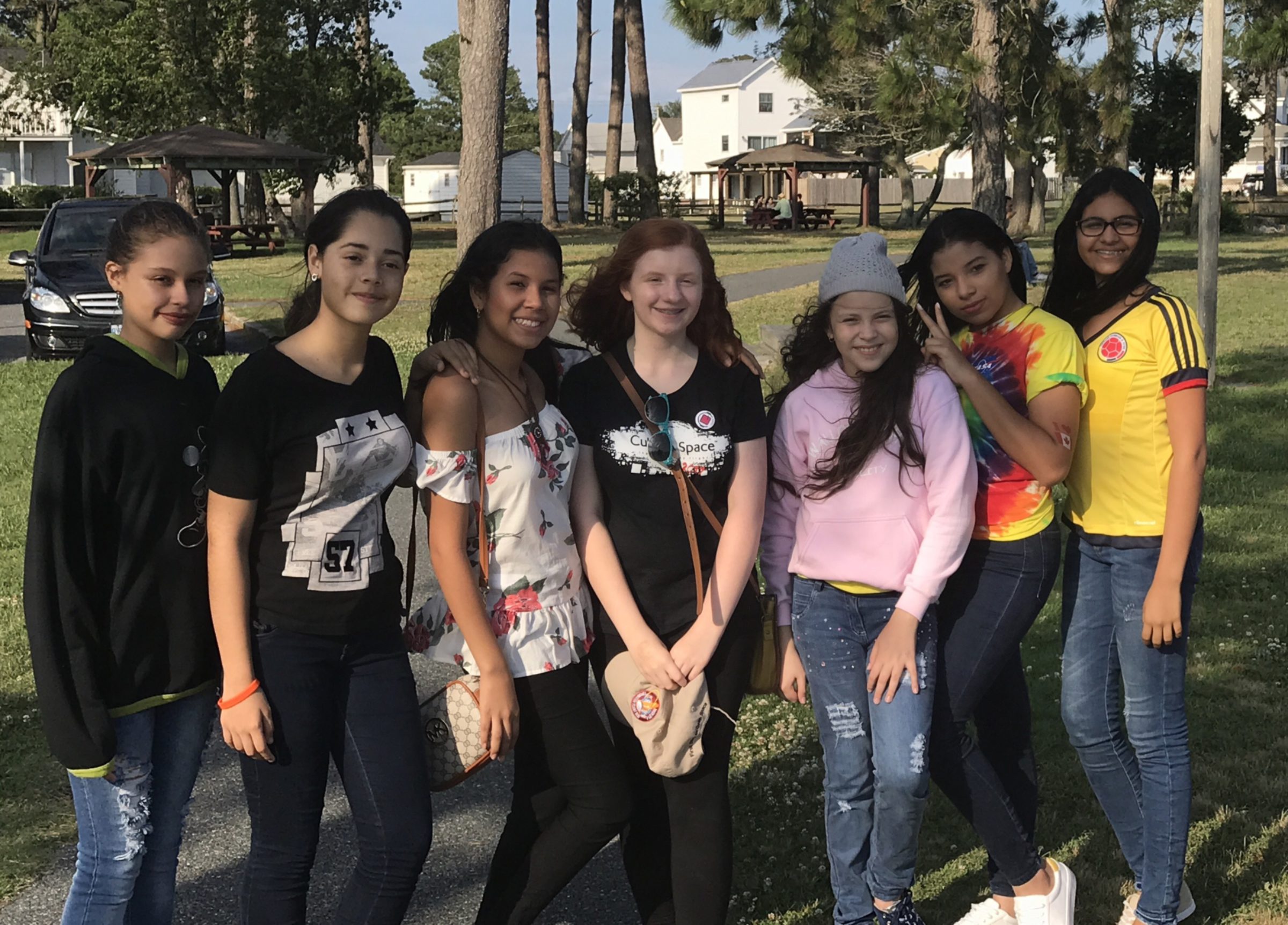
Artists also partake in the program. One experiment by Hannah S. and Rebecca P. from Stafford, Virginia tested four different types of clay to look at which kind would be best for astronauts to use in the space environment. There were two experiments that received a lot of press before the launch: the smallest pacemaker in the world, Micra, by Shelbi from Nebraska, and the KalamSat from India. These are just a few of the many amazing experiments.
I recommend kids to get involved in the Cubes in Space program. This program teaches you a lot of good lessons that you’ll need to know if you want a job in science such as how to write a proposal, teamwork, and definitely time management. Also, it’s not every day you get to send up something you designed and built into space!
Let’s Go Beyond The Horizon
Every success in space exploration is the result of the community of space enthusiasts, like you, who believe it is important. You can help usher in the next great era of space exploration with your gift today.
Donate Today

 Explore Worlds
Explore Worlds Find Life
Find Life Defend Earth
Defend Earth

